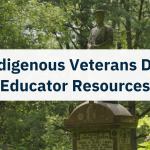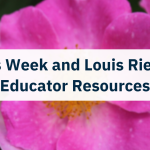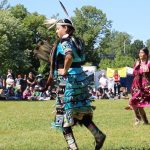Community Spotlight: Líl̓wat Nation
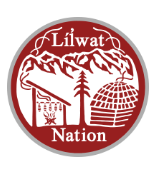 Over the past two years, we’ve worked with some amazing partners from First Nation communities across Canada to develop local content for their learners that reflects each community’s language, culture, stories, and heritage. One of these partners is Xet̓ólacw Community School in Líl̓wat Nation.
Over the past two years, we’ve worked with some amazing partners from First Nation communities across Canada to develop local content for their learners that reflects each community’s language, culture, stories, and heritage. One of these partners is Xet̓ólacw Community School in Líl̓wat Nation.
Líl̓wat Nation has a strong connection to its language. The Nation’s name translates to “people of the land,” meaning the place where the valleys, rivers, and people meet. This connection is strong throughout the community, and the school’s language and cultural teachings reflect and reinforce it.
From our first visit to the community in Fall 2017, Principal Rosa Andrew and her team at Xet̓ólacw Community School welcomed us warmly to Líl̓wat Nation. Community Elders gifted us cedar and invited us to participate in activities at the school and within the community. Learning Bird’s Education Training Manager, Joelle Chemali, was quick to ask to work with Líl̓wat. “It is just so beautiful in this area,” said Joelle. “The views are out of this world, and the people in the community are so warm and welcoming. Every educator I’ve met at the school is committed to their role creating opportunities for their learners and providing ways for them to connect to their history and culture.” It also does not hurt that this region has some of the best skiing in Canada. Joelle always welcomes the opportunity to extend her trips to hit the slopes.
“I was awestruck when I first arrived in community,” said Joelle. She explained that one educator described the beauty of the land as “like living in a painting.”
Supporting Líl̓wat Nation’s Local Curriculum
During our early conversations with educators and administrators at the school, it was clear there was a strong desire to create content to support the school’s newly implemented Walking the Land curriculum. This curriculum, which the Nation introduced a few years ago, helps learners learn about their origins, land, and people. The school worked with school and community members to develop this custom curriculum.
Through our partnership over the past two years, we’ve created several digital resources to support the school’s in-class instruction. These resources include videos, class project assignments, handouts, podcasts, and slides that educators can use in class as part of their units. The resources featured music produced by local artists Leroy Joe, Andreas Schuld, and Russell Wallace and pictures by local artist Simon Bedford.
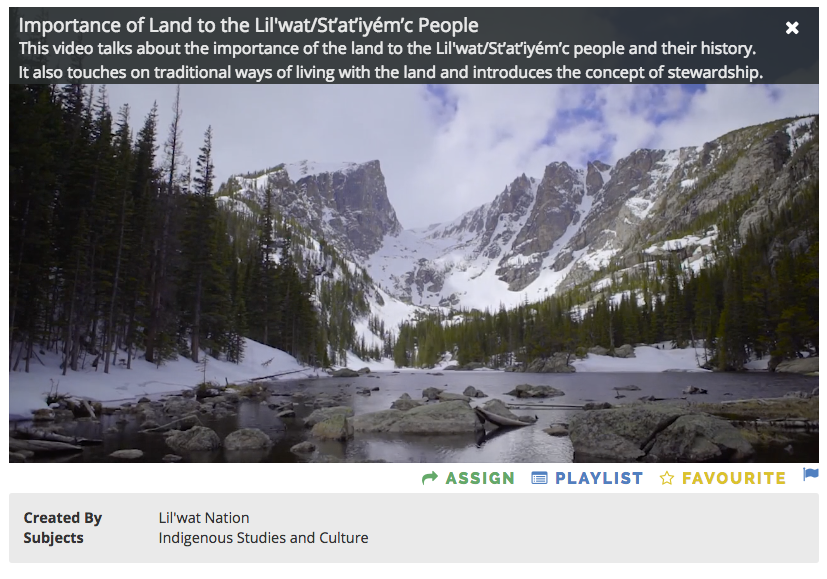
Creating Local Resources for Líl̓wat Nation
In addition to the Walking the Land resources, the educators also expressed a need for more locally-focused math content. Educators wanted resources learners could understand and relate to. Many math resources they had access to used examples that were not part of their learners’ frame of reference. Educators suggested “Linear Functions Using Nature” and “Symmetry Using Traditional Baskets.” These resources address important math concepts that learners struggled with using common examples from their everyday lives. In the program’s first year, we focused on creating math resources for grade 10 and 11 learners. This year we focused more on grade 8 math lessons, using data from the community’s fisheries department.
We also created science content for grades 8 and 9 that included references to their people and traditions. One resource on cellular structure introduces learners to the organelles of a eukaryotic cell. It uses the Transformers of Líl̓wat tradition to explore the similarities between humans and animals. Another resource on genetic mutations investigates how the Spirit Bear of the Great Bear Rainforest got its white fur.
Coaching Sessions
This year, Joelle returned to the community to spend more time with the educators. She arranged one-on-one coaching sessions where she sat down with educators to talk about the topics they would be teaching and worked with them to find resources on the platform that they could use to support their instruction. This time was great for us to connect with educators personally and better understand their learners and needs.
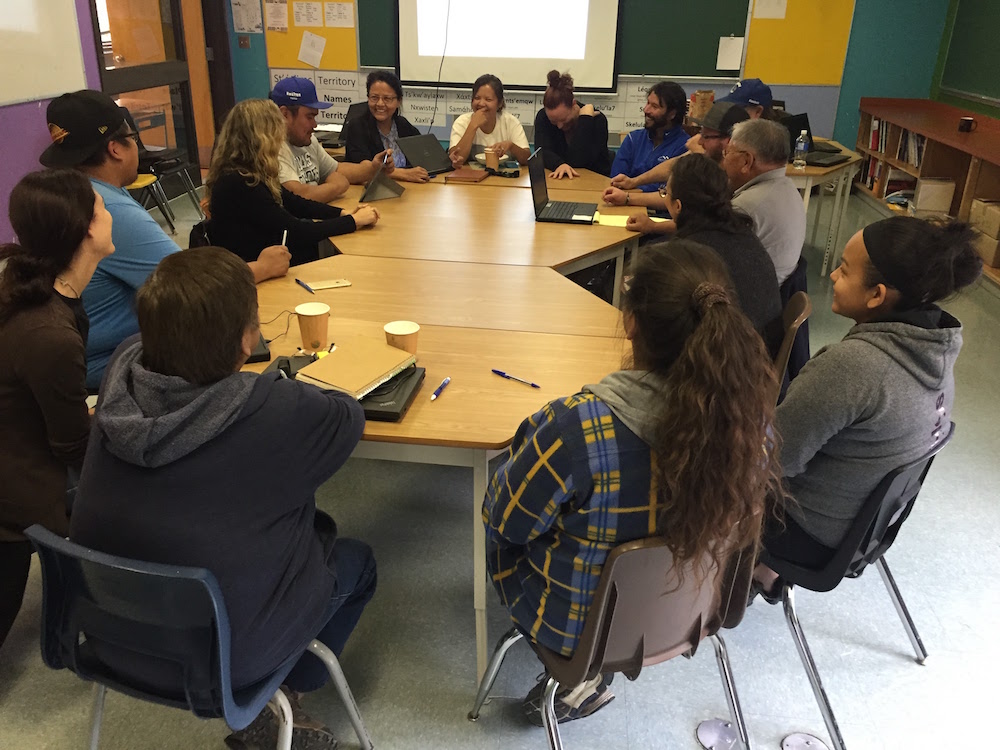
Educators at Xet̓ólacw Community School
“The school is such a warm and friendly environment,” said Joelle. “The educators care about their learners and are proud of their achievements.” She went on to say that the educators pay attention to the individual learners, helping them explore their interests and tap into their ambitions. They tailor projects to student interests and involve families in learning.
Visiting Líl̓wat Nation’s Community Centre
Of course, no visit to Líl̓wat is complete without stopping by to see Lois Joseph at the Community Centre. Lois has been a great resource for us as we’ve learned more about the region, language, and culture. We hope to have the opportunity to work more with her and her team as our relationship in the community continues to grow.

We are grateful for the opportunity to work with the amazing team at Xet̓ólacw Community School in Líl̓wat Nation over the past two years. We’re are proud of the 80+ resources we’ve created together for their educators and learners. We appreciate all the time the team at the school has invested in providing materials for the resources, sharing their knowledge, and providing guidance to us.






